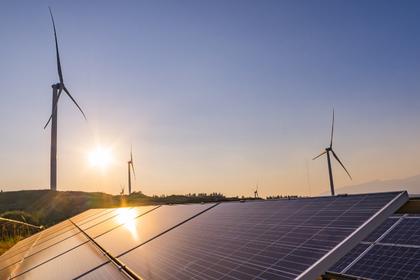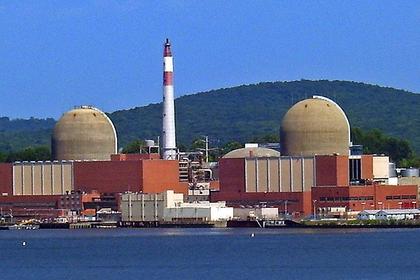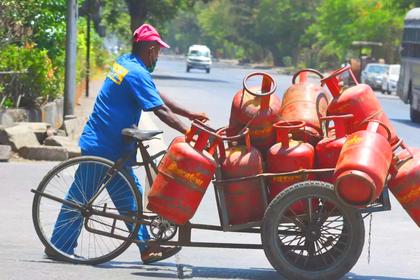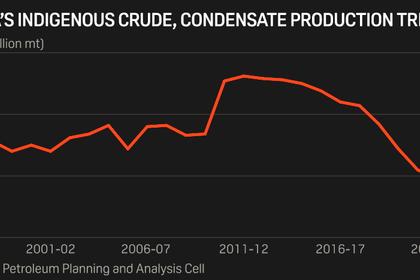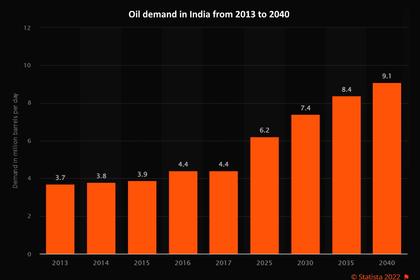
INDIA'S SOLAR CAPACITY 3.2 GW
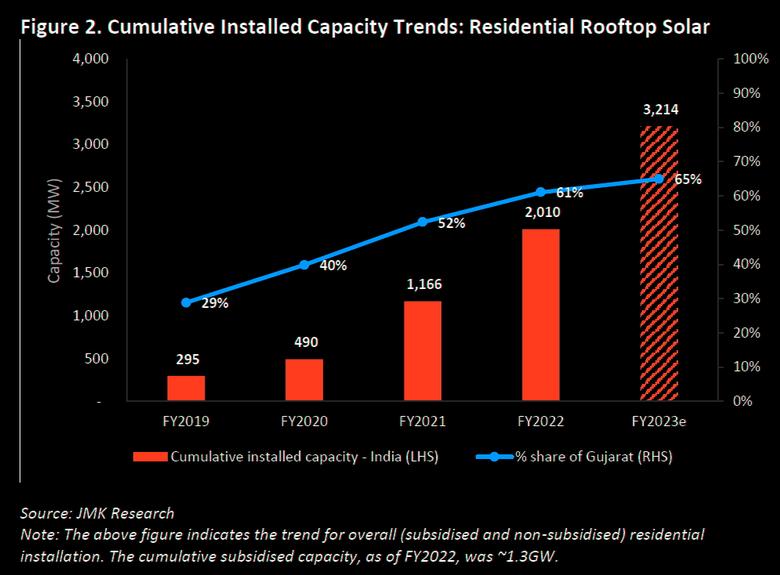
IEEFA - October 06, 2022 - India’s residential rooftop solar capacity to increase by ~60% in FY2023
Indian Residential Rooftops: A Vast Trove of Solar Energy Potential
Resurgent Demand and Strong Supply-Side Enablers Support a Highly Favourable Market Outlook
Executive Summary
India’s residential rooftop solar capacity as of 31 March 2022 may only be a mere 2,010 megawatt (MW). But because of a rising need for cost savings and increasing awareness among consumers, we expect residential solar rooftop installations to rapidly accelerate in the coming years. By the end of fiscal year 2023, we expect cumulative residential rooftop solar capacity to reach 3,214MW, nearly a 60% year-on-year increase. We note that the central government’s recent steps to create a single national digital portal to simplify the process of rooftop solar installations for residential consumers and formalising a direct benefit transfer mechanism for subsidies will aid the demand in the segment. Our assessment of state-wise attractiveness for rooftop solar installations finds that Gujarat, Haryana and Maharashtra are the three most favourable states. Going forward, we recommend state governments take concerted efforts in expediting and streamlining net-metering and subsidy-related procedures. They also must reduce the intervention of state electricity distribution companies in the entire process of residential rooftop solar installation.
India had announced an ambitious goal of achieving net-zero emissions by 2070 at the 2021 UN Climate Change Conference (COP26) in Glasgow. As a step towards this goal, the Indian government updated the country’s nationally determined contribution (NDC) – a climate action plan - in August 2022. As per the NDC, India targets to achieve 50% of the cumulative power capacity from non-fossil fuel-based energy resources by 2030.
Solar is a crucial segment that will contribute significantly to this national target. The solar segment in India can be primarily categorised based on the scale and location of the system implemented. There are two types of systems: large-scale (or utility-scale systems) and small-scale (or rooftop solar). Utility-scale systems are offsite systems, whereas rooftop solar systems are installed on-site.
With the Jawaharlal Nehru National Solar Mission’s launch in 2010, India targeted generating 100 gigawatts (GW) of solar power by 2022. Of this total capacity, 60GW was to come from the utility-scale segment and the remaining 40GW from the rooftop solar segment.
Of this 40GW rooftop solar target, JMK Research estimates that only 11.8 GW is in place as of 31 March 2022. Of this, the residential sub-segment accounts for merely a 17% (2,010 MW) share, which is minuscule given India has more than 300 million households.
This is mainly because of a lack of consumer awareness, implementation and administrative issues in net metering approval, lack of timely disbursement of central and state subsidies, lack of availability of attractive financing options, etc. There is also a need to enhance the quality of residential solar installations and provide robust after-sales service to build consumer confidence in the Indian context.
We expect the growth of residential rooftop solar installations to accelerate in the near term across India because of the strong policy push and resurgent market demand. By FY2023, JMK Research estimates that the residential rooftop solar market will most likely achieve 3,214MW of cumulative installed capacity.
To accelerate the pace of rooftop solar installations in the residential segment, the central government has introduced many incentive schemes in the last decade. These mainly comprise financial assistance or subsidies, which various state electricity distribution companies (DISCOMs) have transferred to rooftop system installers. In addition, some states, beyond facilitating the provision of central subsidies, also provide subsidies from their own budgets.
Further, the World Bank’s latest approval of a US$165 million credit line for the Indian residential solar segment is likely to help this segment become more affordable for end consumers.
In another significant development, in July 2022, the central government launched a single national digital portal to simplify the process of rooftop solar installation for residential consumers. The centre has also formalised a direct benefit transfer (DBT) mechanism for rooftop solar subsidies. Thus, residential consumers (those registered on the solar rooftop installation portal) can now ‘directly’ avail of the central subsidy.
Considering the availability and disbursal of subsidies in different states along with other factors, such as net metering approvals, the three most favourable states for residential rooftop solar installations are Gujarat, Haryana and Maharashtra. Gujarat’s SURYA scheme, which saw 1.1GW installed in the state in the last 18 months, is one of the shining examples for other regional markets to emulate. Gujarat showcased how proactive support from state agencies, streamlining relevant procedures and effective implementation of incentives to end consumers can lead to the successful adoption of rooftop solar.
For other states as well, the prospect of rooftop solar adoption grows more attractive due to the growing need for cost savings and rising awareness among residential consumers.
Concerted efforts in streamlining/expediting net metering and subsidy-related procedures for consumers are imperative. This would include reducing DISCOMs’ intervention in the entire process of residential rooftop solar installation.
Gujarat’s SURYA scheme demonstrates that digitalisation (i.e., communication of relevant and simplified information through digital media) of the entire value chain infrastructure is critical. In addition to overall consumer awareness, digitalisation warrants reliable digital tools for financial institutions (FIs) for market assessment and pre- and post-installation monitoring of solar plants, etc.
Also, lately, several residential consumers are shifting towards high-end rooftop solar offerings. These include utilising high-wattage modules and integrating battery energy storage with rooftop solar. We expect these trends to become mainstream in the near term. And going forward, establishing a robust value chain infrastructure will be vital to develop an adequate number and variety of high-quality rooftop solar offerings.
-----
Earlier:

